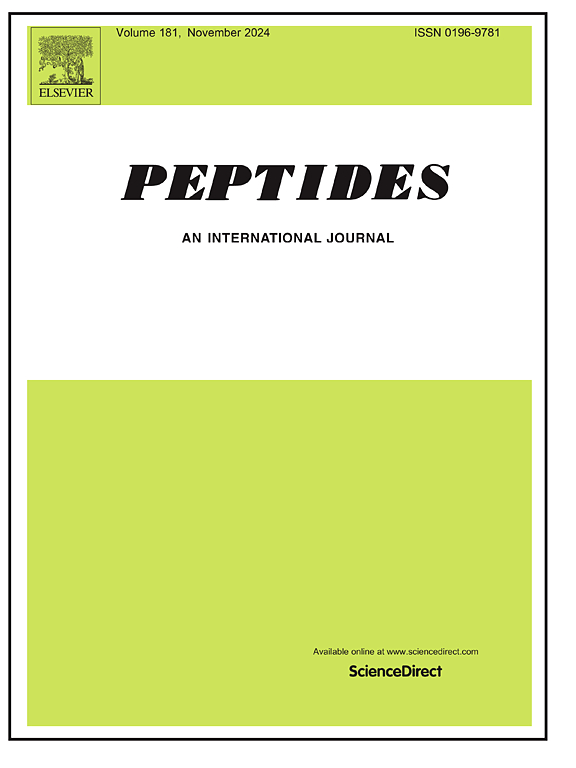心衰前期/心衰患者混合静脉氧饱和度降低与独立于血流动力学的b型利钠肽增加的相关性
IF 2.9
4区 医学
Q3 BIOCHEMISTRY & MOLECULAR BIOLOGY
引用次数: 0
摘要
先前的研究表明,利钠肽(NPs)对缺氧有反应。混合静脉氧饱和度(SvO₂)反映氧平衡,可能提示肺缺氧。在本研究中,我们利用结构方程模型(SEM)研究了心力衰竭患者的NPs是否受到SvO₂的影响,以及这种影响在a型利钠肽(ANP)和b型利钠肽(BNP)之间是否存在差异。我们检查了179例接受Swan-Ganz导管置入的心衰前期/心衰患者,并研究了NP水平与包括SvO₂在内的各种临床参数的关系。路径模型显示肺动脉楔压(PAWP)和血管紧张素受体-neprilysin抑制剂(ARNI)给药与ANP呈显著正相关(PAWP:标准化回归系数[St. β] =0.281, P=0.002;ARNI给药:St. β=0.396, P本文章由计算机程序翻译,如有差异,请以英文原文为准。
Correlation Between decreased mixed venous oxygen saturation and increased B-type natriuretic peptides independent of hemodynamics in pre-heart failure/heart failure patients
Previous studies have shown that natriuretic peptides (NPs) respond to hypoxia. Mixed venous oxygen saturation (SvO₂) reflects the oxygen balance and may indicate pulmonary hypoxia. In this study, we investigated whether NPs are influenced by SvO₂ and whether this effect differs between A-type natriuretic peptide (ANP) and B-type natriuretic peptide (BNP) in heart failure patients, using structural equation modeling (SEM). We examined 179 patients with pre-heart failure/heart failure who underwent Swan-Ganz catheterization, and investigated the relationship between NP levels and various clinical parameters, including SvO₂. The path model showed that pulmonary artery wedge pressure (PAWP) and administration of angiotensin receptor-neprilysin inhibitor (ARNI) were significantly positively associated with ANP (PAWP: standardized regression coefficient [St. β] =0.281, P = 0.002; ARNI administration: St. β=0.396, P < 0.001). PAWP and ischemic heart disease (IHD) were positively associated with BNP, whereas the estimated glomerular filtration rate (eGFR) and SvO₂ were negatively associated with BNP (PAWP: St. β =0.370, P < 0.001; IHD: St. β =0.241, P < 0.001; eGFR: St. β =-0.209, P = 0.003; SvO₂: St. β =-0.528, P < 0.001). ANP was not associated with arterial oxygen saturation (SaO₂) or SvO₂, whereas BNP showed a negative relationship with SvO₂ but was not associated with SaO₂. Thus, an increased BNP, but not ANP, correlates strongly with decreased SvO₂, an indicator of hypoxia before pulmonary circulation, independent of hemodynamic indices.
求助全文
通过发布文献求助,成功后即可免费获取论文全文。
去求助
来源期刊

Peptides
医学-生化与分子生物学
CiteScore
6.40
自引率
6.70%
发文量
130
审稿时长
28 days
期刊介绍:
Peptides is an international journal presenting original contributions on the biochemistry, physiology and pharmacology of biological active peptides, as well as their functions that relate to gastroenterology, endocrinology, and behavioral effects.
Peptides emphasizes all aspects of high profile peptide research in mammals and non-mammalian vertebrates. Special consideration can be given to plants and invertebrates. Submission of articles with clinical relevance is particularly encouraged.
 求助内容:
求助内容: 应助结果提醒方式:
应助结果提醒方式:


